|
Family Aceraceae (Maples) Family Annonaceae (Custard-apples) Family Aquifoliaceae (Hollies) Family Betulaceae (Birches) Family Cornaceae (Dogwoods) Family Ebenaceae (Ebonies) Family Ericaceae (Heaths)
Family Fabaceae (Legumes) Family Fagaceae (Beeches, Oaks)
Family Hamamelidaceae (Hazels) Family Altingiaceae (Sweet Gums) Family Hippocastanaceae (Horse-chestnuts) Family Juglandaceae (Walnuts)
Family Lauraceae (Laurels) Family Magnoliaceae (Magnolias) Family Oleacaceae (Ashes) Family Pinaceae (Pines)
Family Rosaceae (Rose Family) Family Simaroubaceae (Quassias) Family Styracaceae (Bells) Family Symplocaceae (Sweetleafs) Family Tiliaceae (Lindens) Family Ulmaceae (Elms) Cumulative Indices |
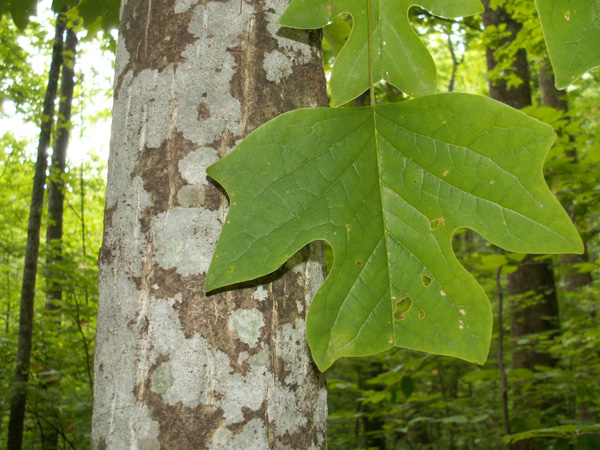
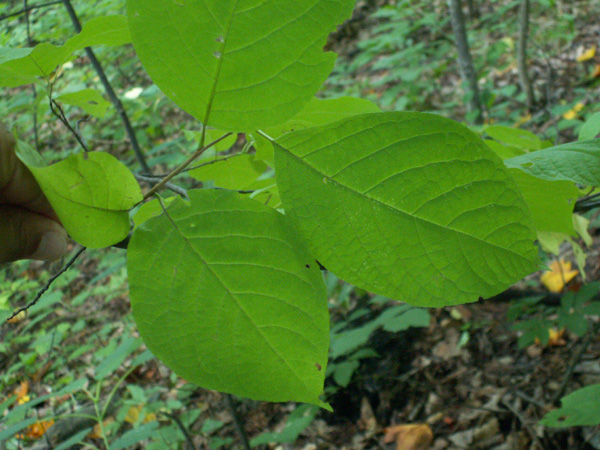
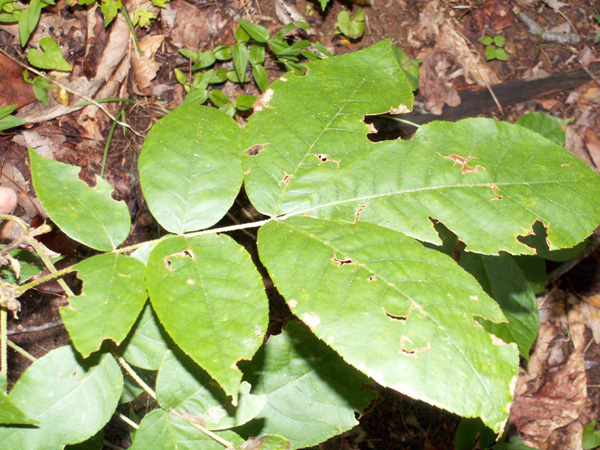

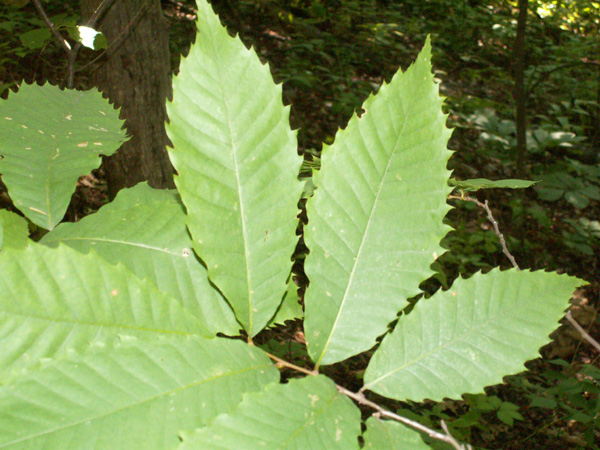
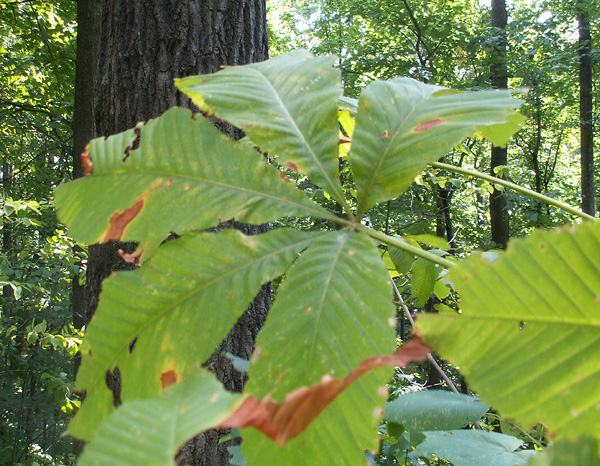
|